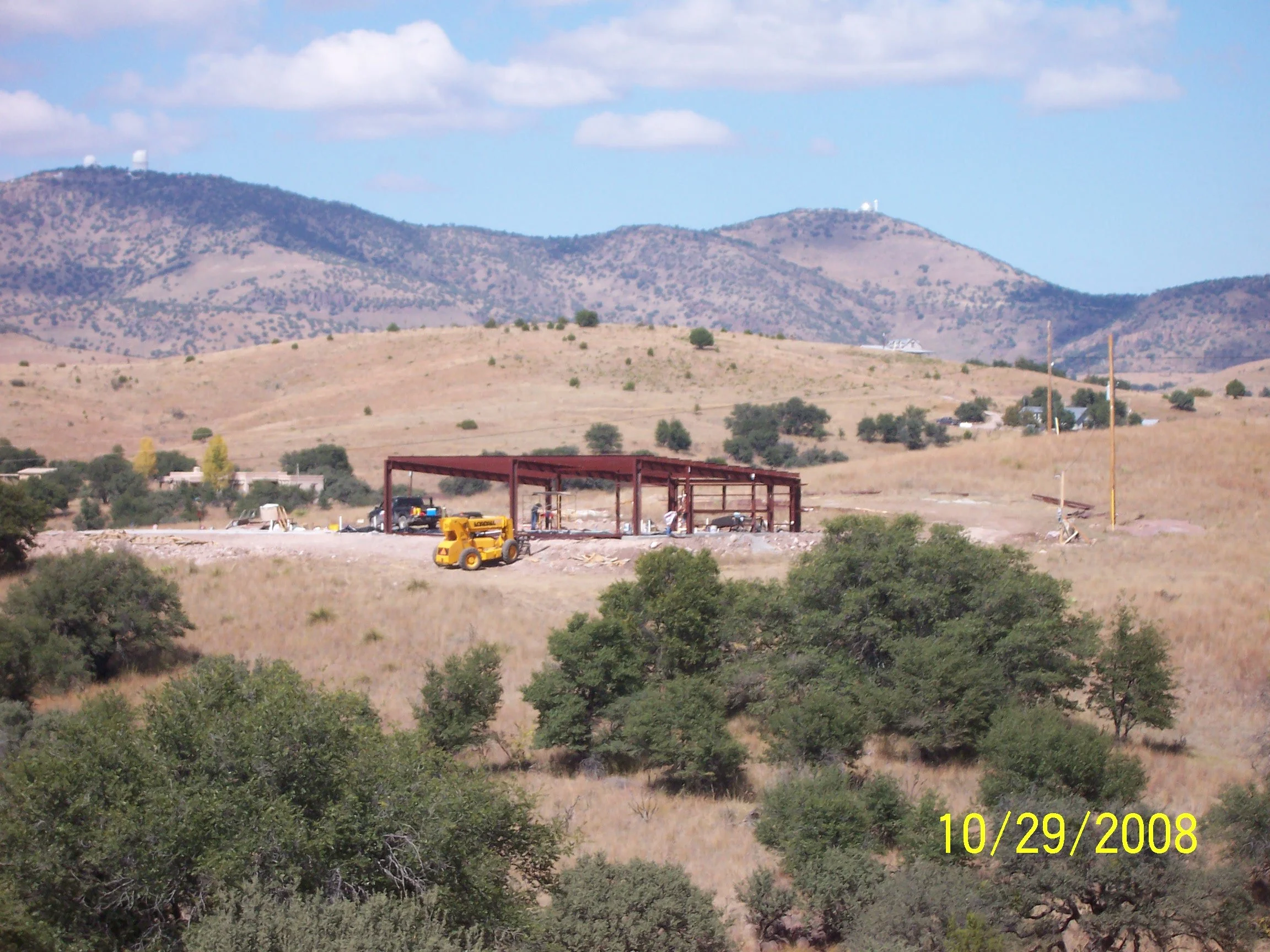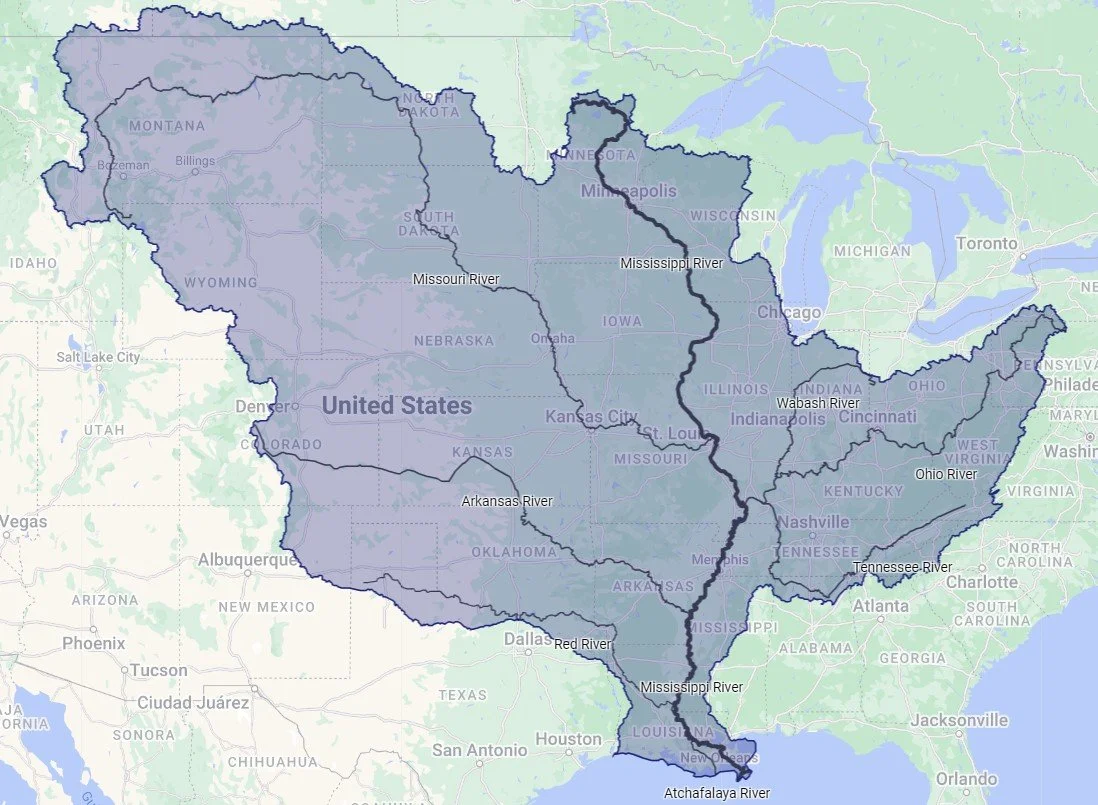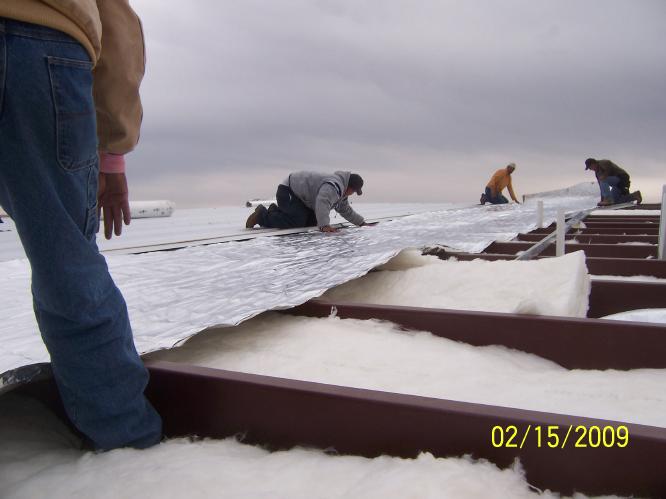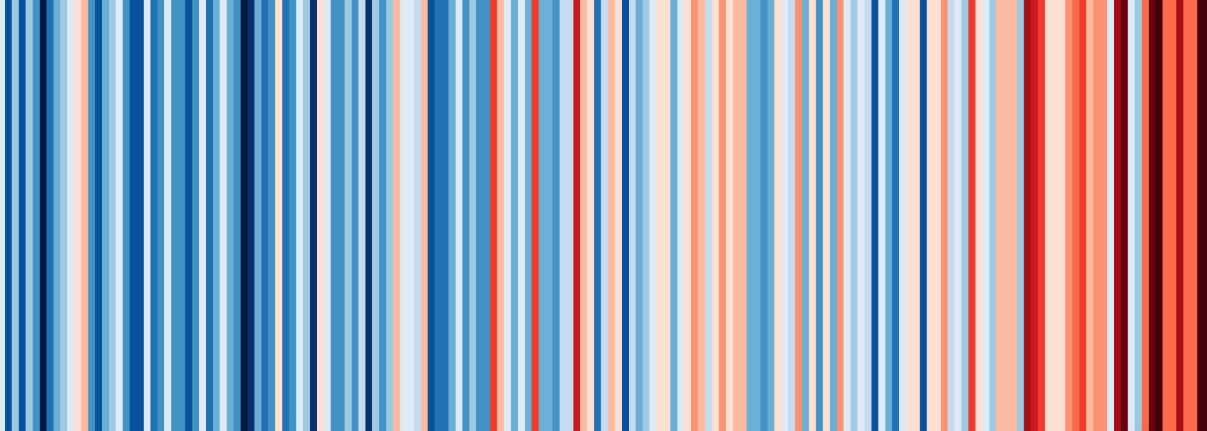
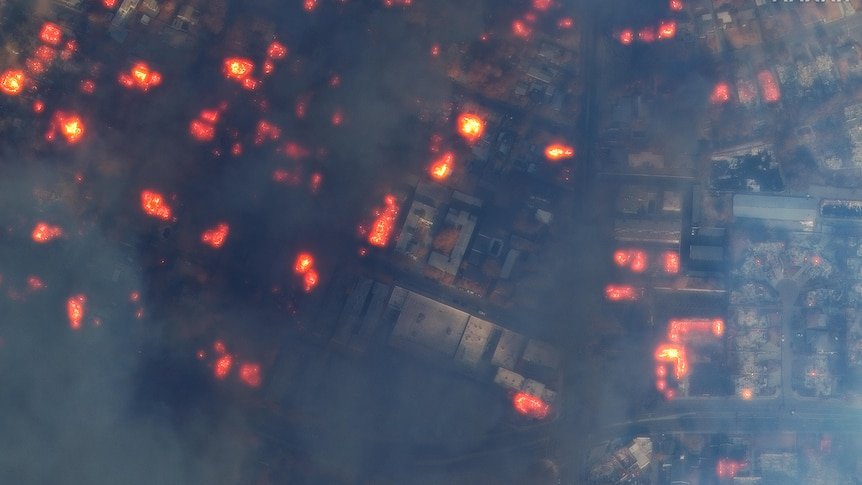




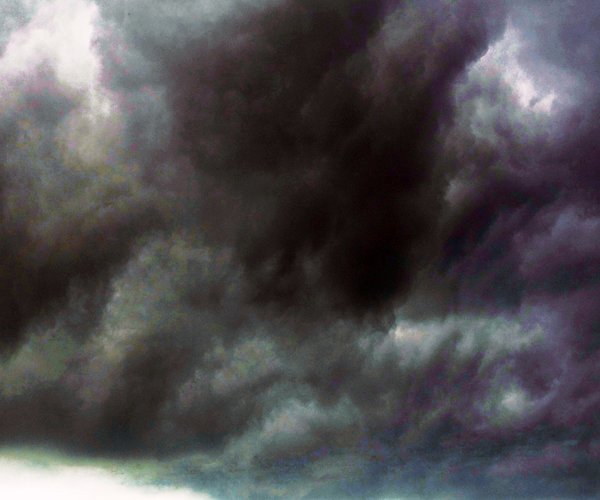
Welcome to Category-5
The first step to safety during climate breakdown is grasping its massive scale. Storms are larger and more frequent, winds are stronger and waters reach higher. Fast-moving floods and fires wreck towns and cities. Difficulties of all kinds compound each other.
To some, building a home to handle those challenges seems an obvious decision.
Category-5 Responds
The Cat-5 system is based on direct experience with storms Alicia, Rita, Ike, Harvey, and Beryl, storms like Allison, and the impacts of Katrina as well as work in storm, flood, fire, and drought-threatened locations. Dozens of projects have taught us about building climate security in locations from Colorado to Texas and Louisiana.
Like conventional homes our system is made of standard pieces; like modular construction it’s a system of systems; and like custom homes it’s devoted to owners’ exact specifications. It’s a hybrid solution to the hybrid challenges of climate change, using well known methods and materials to reach greater durability and efficiency than any other type.








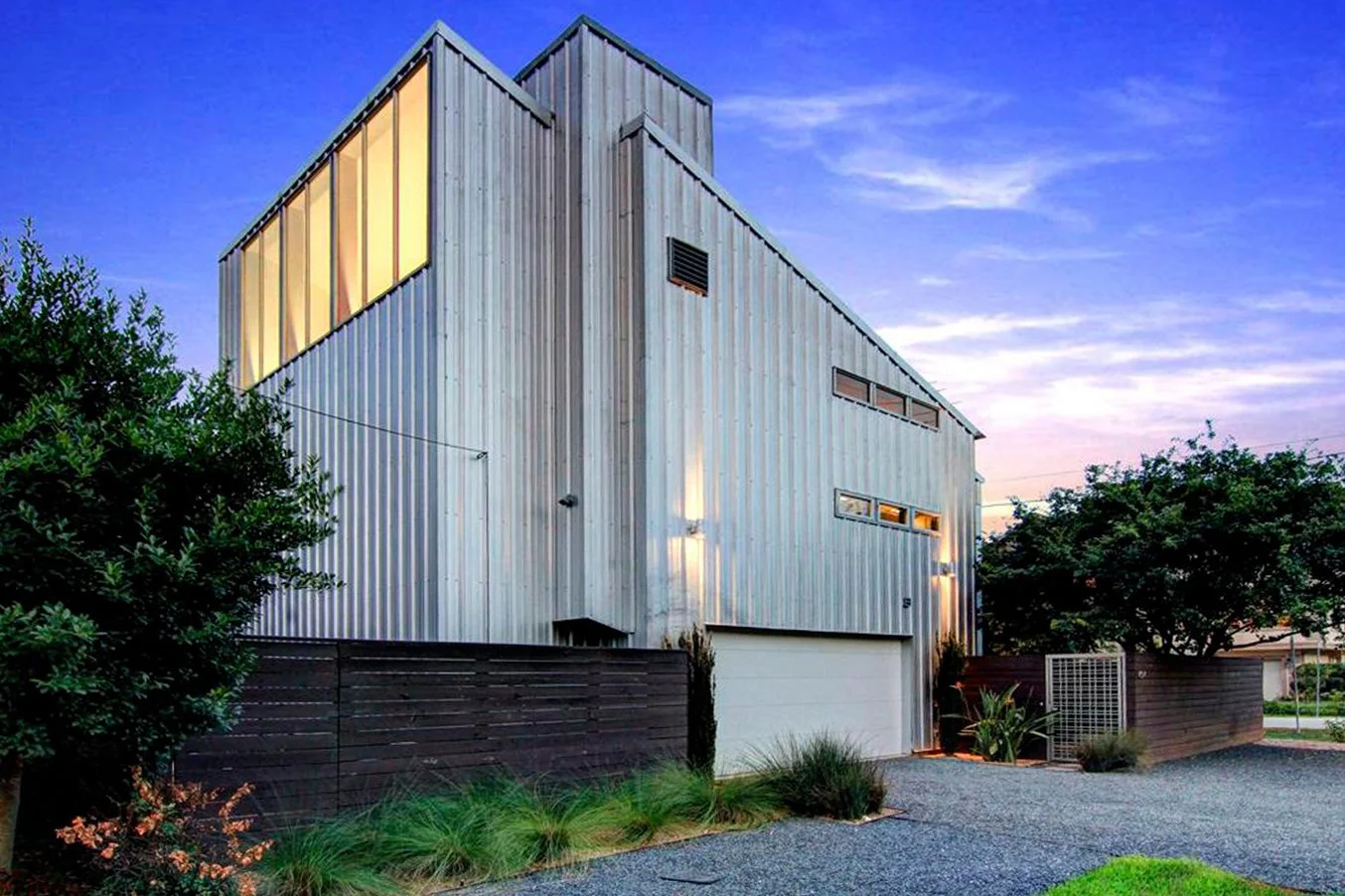

Category-5 is Keyed to Four Critical Goals
STRENGTH
Structures need engineering to outmatch winds of up to Category-5 on the Saffir-Simpson Scale (=157 mph), depending on location
ELEVATION
Homes must be sited and designed to ride above potential floods
DURABILITY
Building envelopes must resist fire and decay, and be fabricated from modern, warranteed materials
SUSTAINABILITY
Materials with high carbon overhead (CO2 emissions) should be reduced, substituted or eliminated
Use minimal concrete
Obtain steel from low emission mills
Designs should maximize solar, wind and rainwater harvests, and provide off-grid water, power and communications
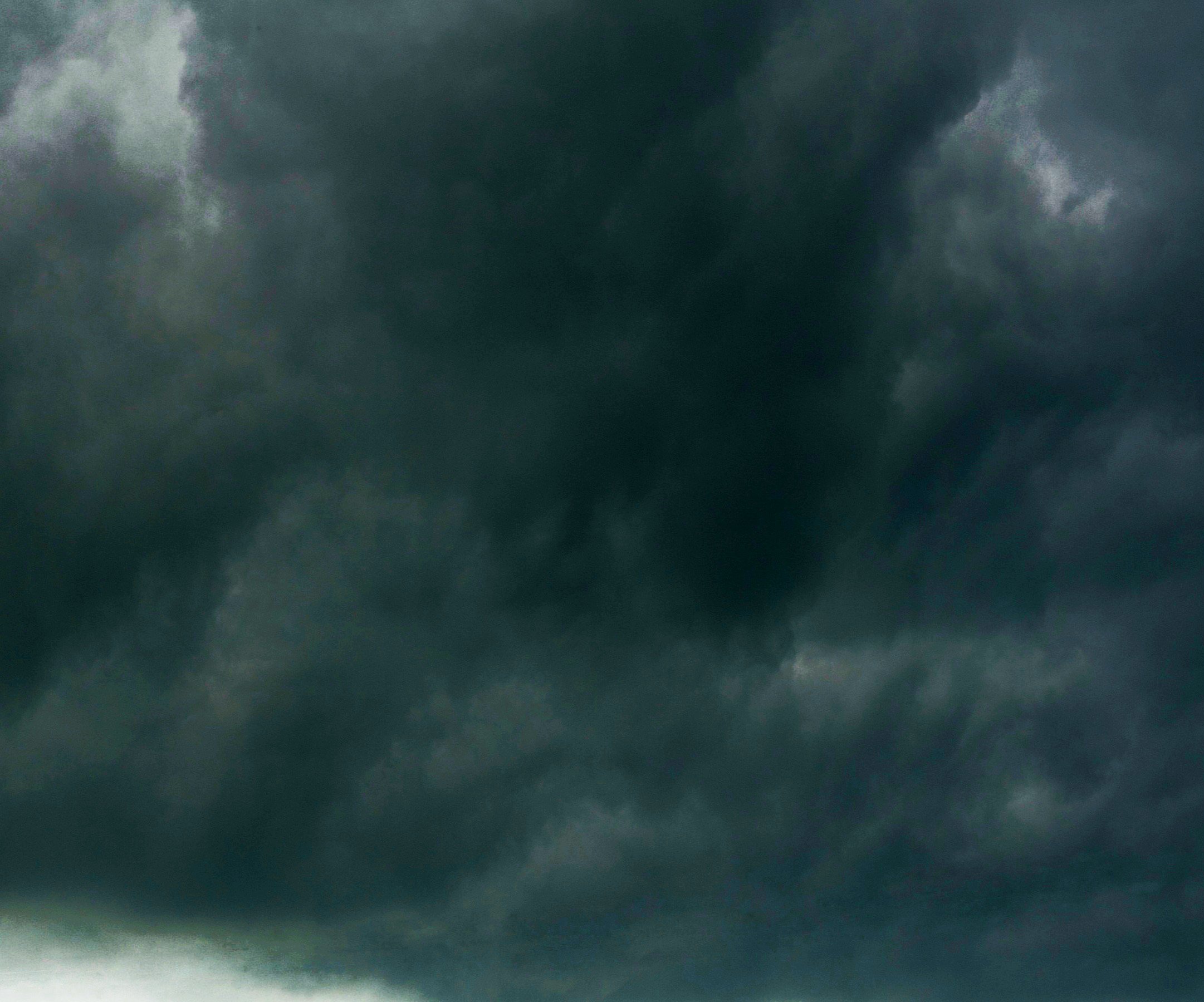
Where Build a Climate Defense House?
The Cat-5 is suited to any urban to suburban or country locations likely to face fires, floods, or major storms, or where the local climate promotes mold and decay. It’s especially well-suited to ocean and riverfront locations, virtually anywhere in the Mississippi and Missouri watersheds, and arid areas of the west and southwest US.

Design


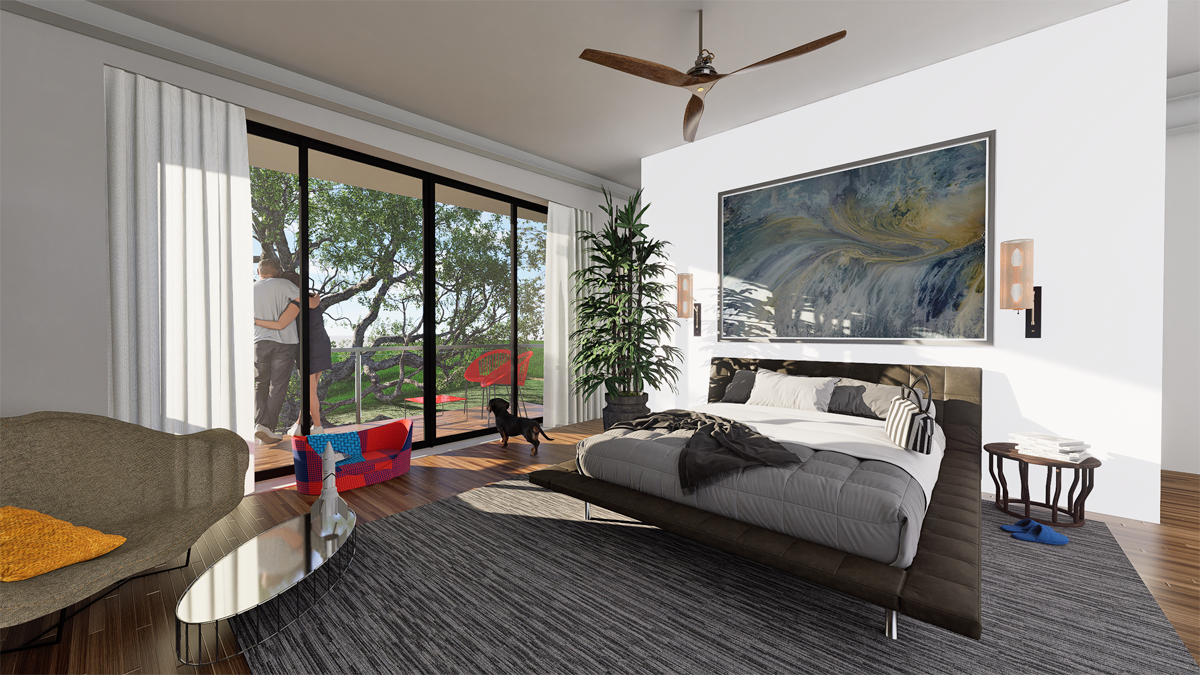
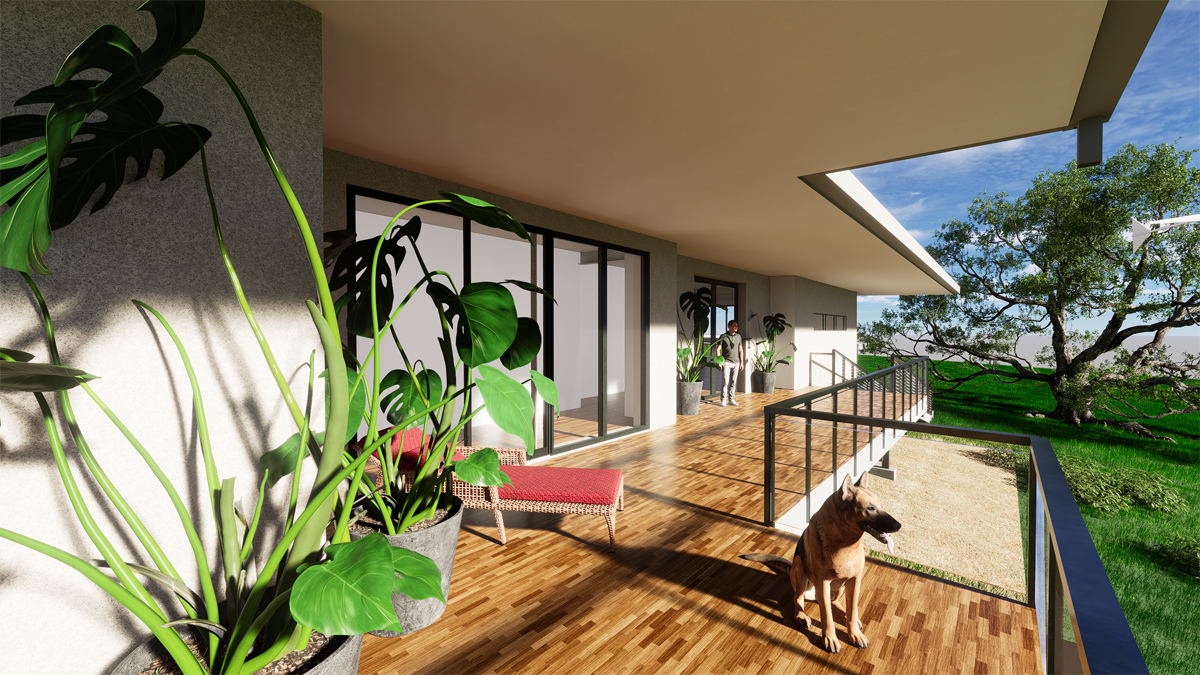
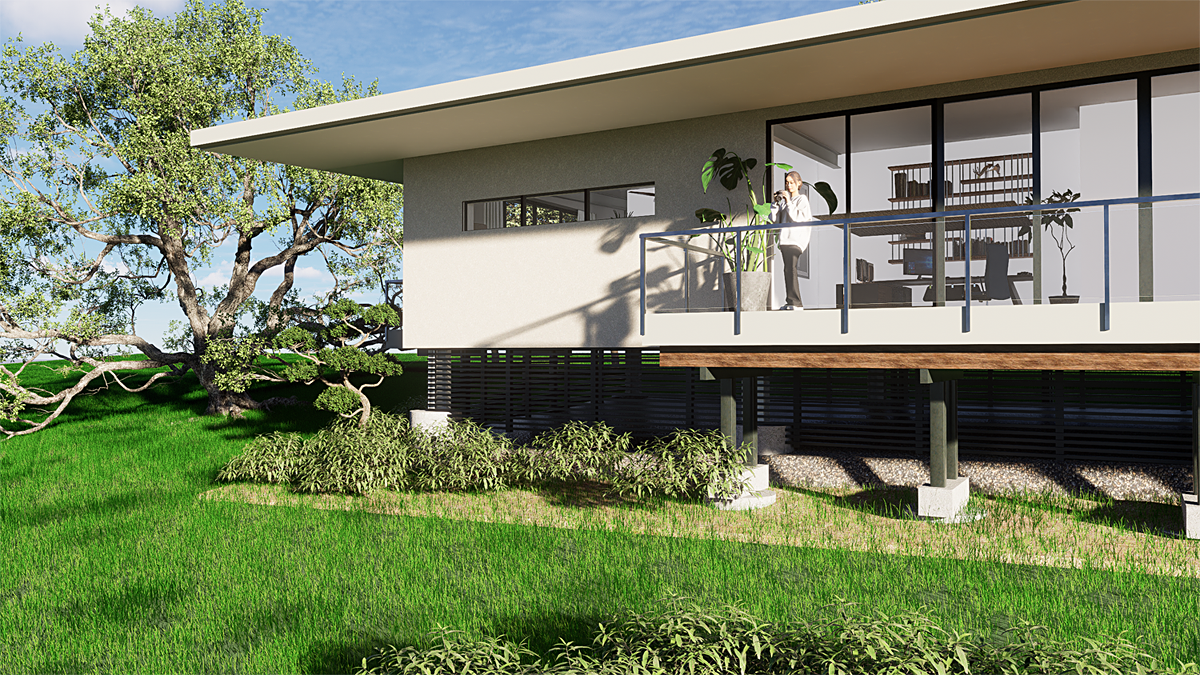









Category-5 Answers Climate Breakdown
The system provides the super strong framing and extreme insulation needed to counter strong winds and high temperatures
Cat-5s sit up to 60” above grade, or higher, to ride over floods and high water
Our conservative engineering and proven materials assure permanence, durability and storm resistance
Cat-5s reflect classic, efficient “bay” sizes (which can be customized)
Our loft-style layouts are “open plan” to suit virtually any design scheme
We’re devoted to “Climate Safety” with 25% less embodied carbon than a typical stick-framed house of comparable size
R-10 RADIANT BARRIER
BLOWN INSULATION
R-54+ WALL SYSTEM
R-48+ ROOF SYSTEM

Process
Cat-5s are produced one by one, one after another, in coordinated steps
Assessment of likely hazards from weather and site conditions
Inventories of plants and wildlife, utility and roadway assets, and available emergency services
Programming critical needs and creating diagrams for use by foundation and structural engineers
Designing the building shell and interior
Category-5 involvement can extend to supervising contracts, and purchases of materials, doors and windows, insulation, and interior kitchen and bath modules.
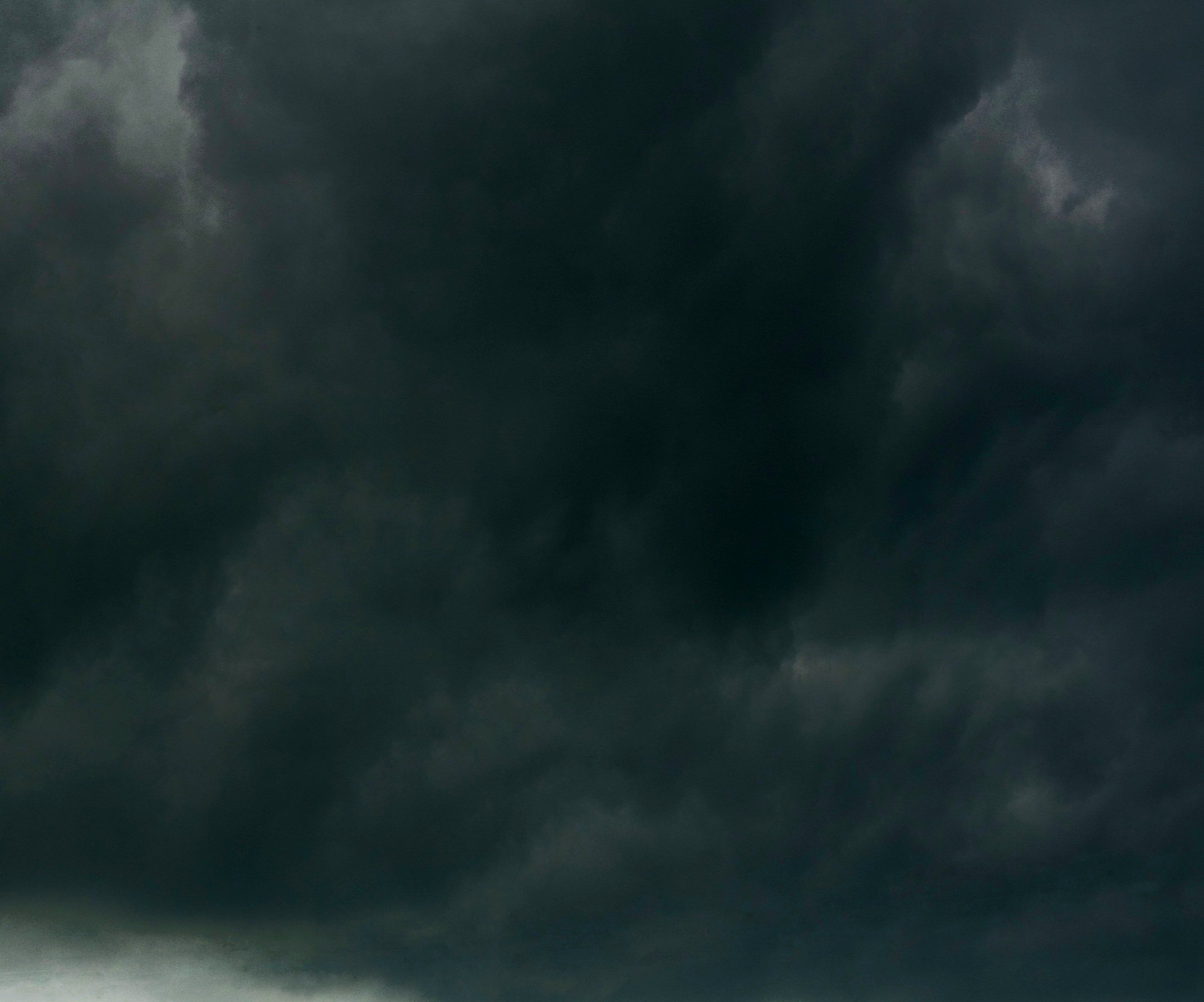
Comparisons
Climate breakdown is bringing obvious before-and-after changes to how we live with nature. Buildings need to be built more strongly and with better materials, they now have psychological impacts. People need structures that provide emotional as well as physical security.
Comparisons between the former climate and our likely future, and between the buildings suitable to either one are useful. Graphic contrasts give a sense of what’s needed in new construction.
The code-style stripe shows Houston heating up since 1850. The bar graph shows a 6-degree (F) increase in that time
Category-5 Far Exceeds Conventional Construction
CARBON DIOXIDE EMISSIONS
Wooden homes rely on massive, carbon-heavy foundations; by contrast, Cat-5s sit on only a few widely-spaced concrete piers
Due to their intensive use of concrete, the “carbon overhead” of typical wooden houses is 25%+ more than a Cat-5’s
Our structural steel comes from modern Electrical Arc Furnaces, using 95%+ recycled material; in Texas and elsewhere, the grid is rapidly increasing beyond 40% from renewable sources (2025)
STRENGTH & SURVIVABILITY
Cat-5s have non-combustible, inorganic exteriors to defend against fire spread
Elevation to 60” or more enables Cat-5s to ride above severe flood events
Cat-5s are engineered to resist winds of up to 157 miles per hour (Saffir-Simpson Scale, Category 5)
THERMAL INSULATION AND PROTECTION
Outer walls provide R-48 to R-54 insulation, and roofs have R-48+ insulation - far in excess of the R-19 and R-30 insulation of conventional types
Windows and glass doors are 100% aluminum-framed and fully insulated, with thermal breaks
Cat-5s have roof overhangs of up to 10 feet (or more with auxiliary structure) to reduce sun exposure and generate cooling breezes
Our big roofs enable large scale solar and rainfall harvesting
DURABILITY
The pictures below show why conventional building systems are outmoded in the era of climate change and breakdown. Cat-5s’ exterior materials usually carry up to 30 year manufacturers’ warrantees. Interior organic materials are 10”+ away from exterior surfaces. Conditions typical of Houston and the Gulf Coast are becoming common throughout the U.S., with dire outcomes for homeowners and communities (as shown below).
Wooden structures require massive amounts of concrete for support. Steel structures can be carried by only a few relatively small piers.

Please contact Category-5 using the form below
ABOUT CATEGORY-5
CATEGORY-5 is committed to building strong, durable and beautiful residences across America - houses built for the future not the past. Based in Houston, we’ve seen some of the worst that Nature can dish out, and know what it takes to come out the other side.
“HIGHER THAN THE FLOOD, STRONGER THAN THE WIND”
713 . 398 . 5207

FLUKE STORMS

RISING WATER

FLOODED TOWNS

IRRECOVERABLE LOSSES

FIRES IN THE CITIES

BURNT TOWNS

MATCHSTICKS

CONCRETE-CARBON OVERHEAD

MOLD

MOLD






